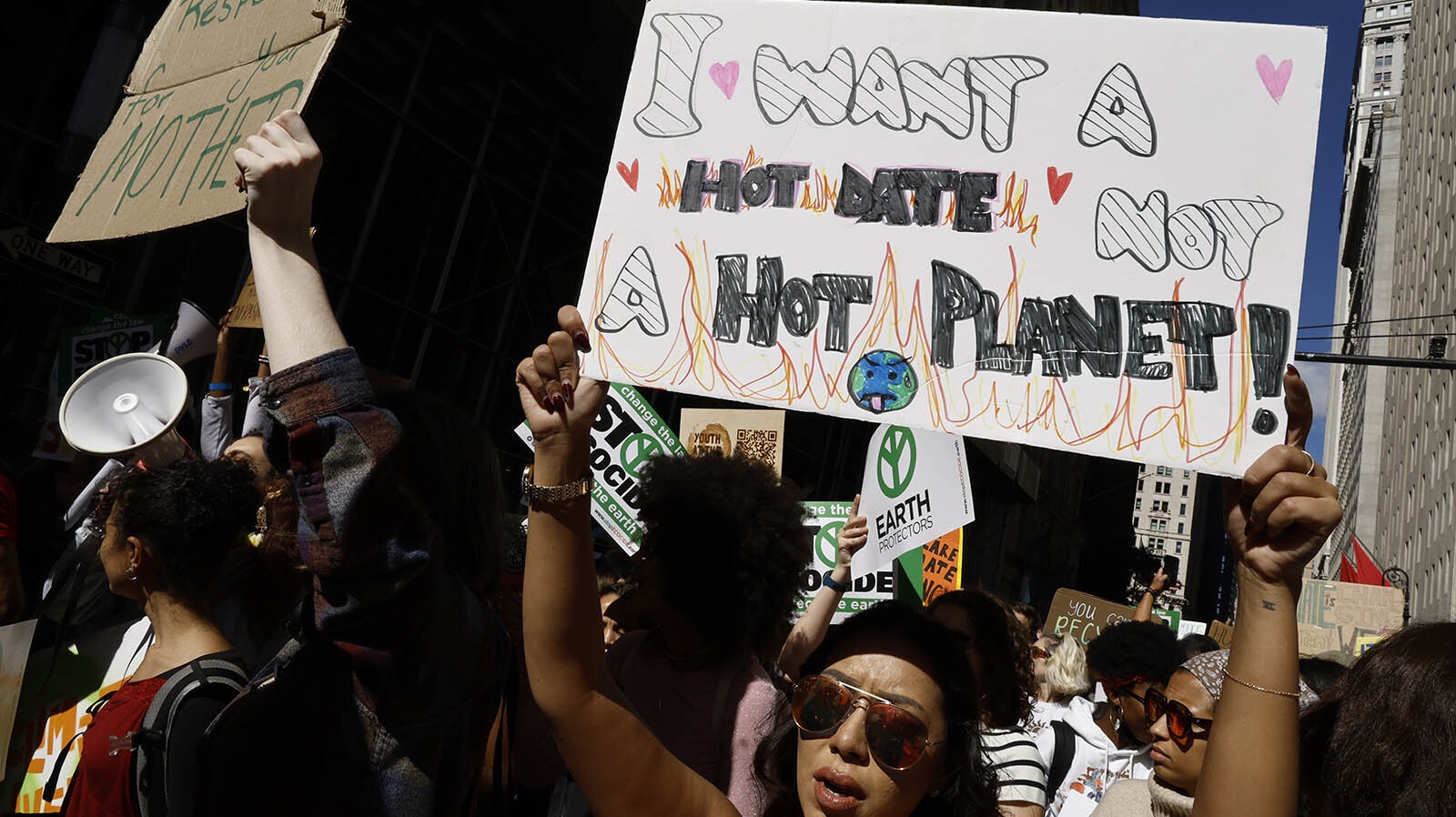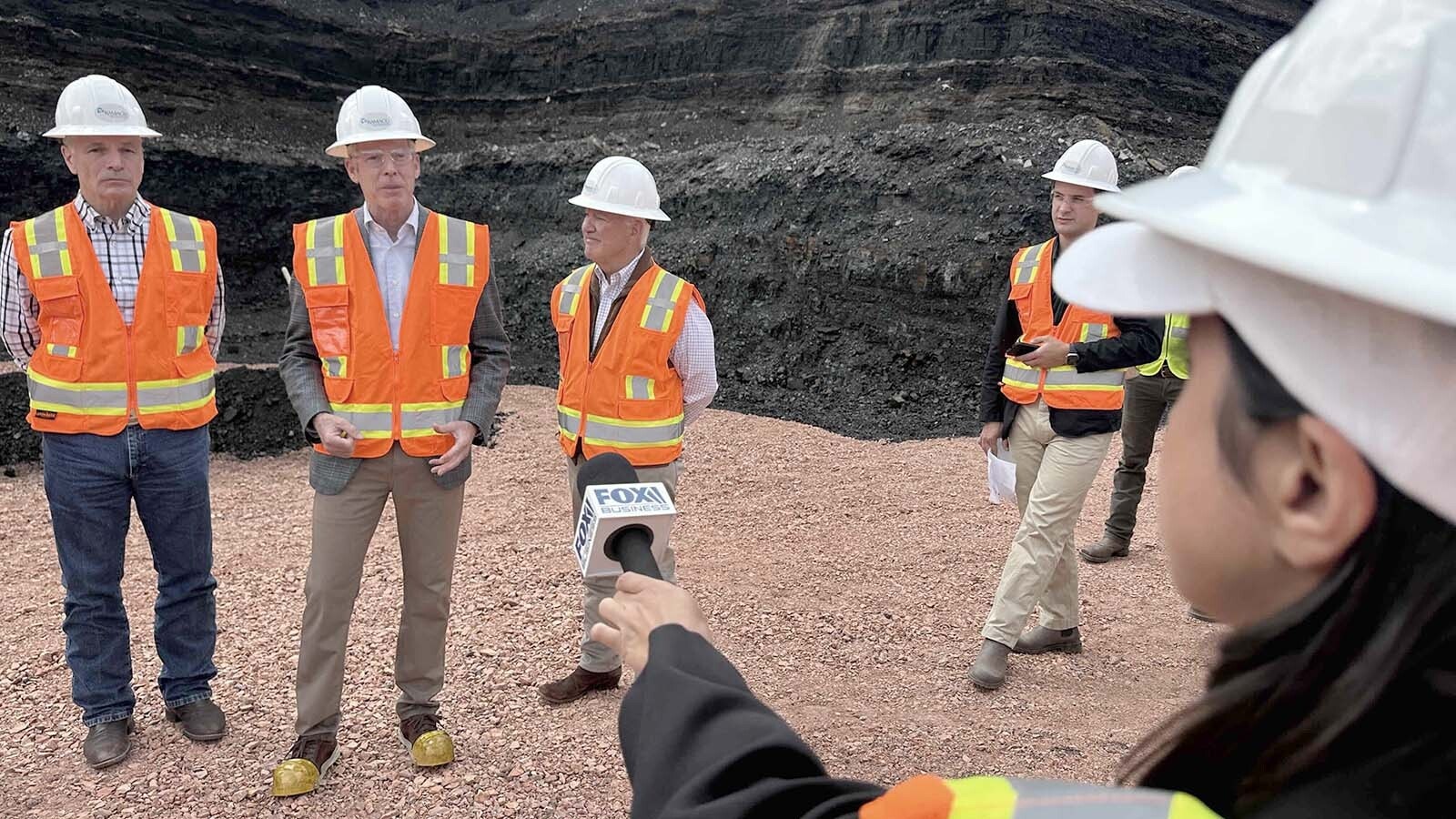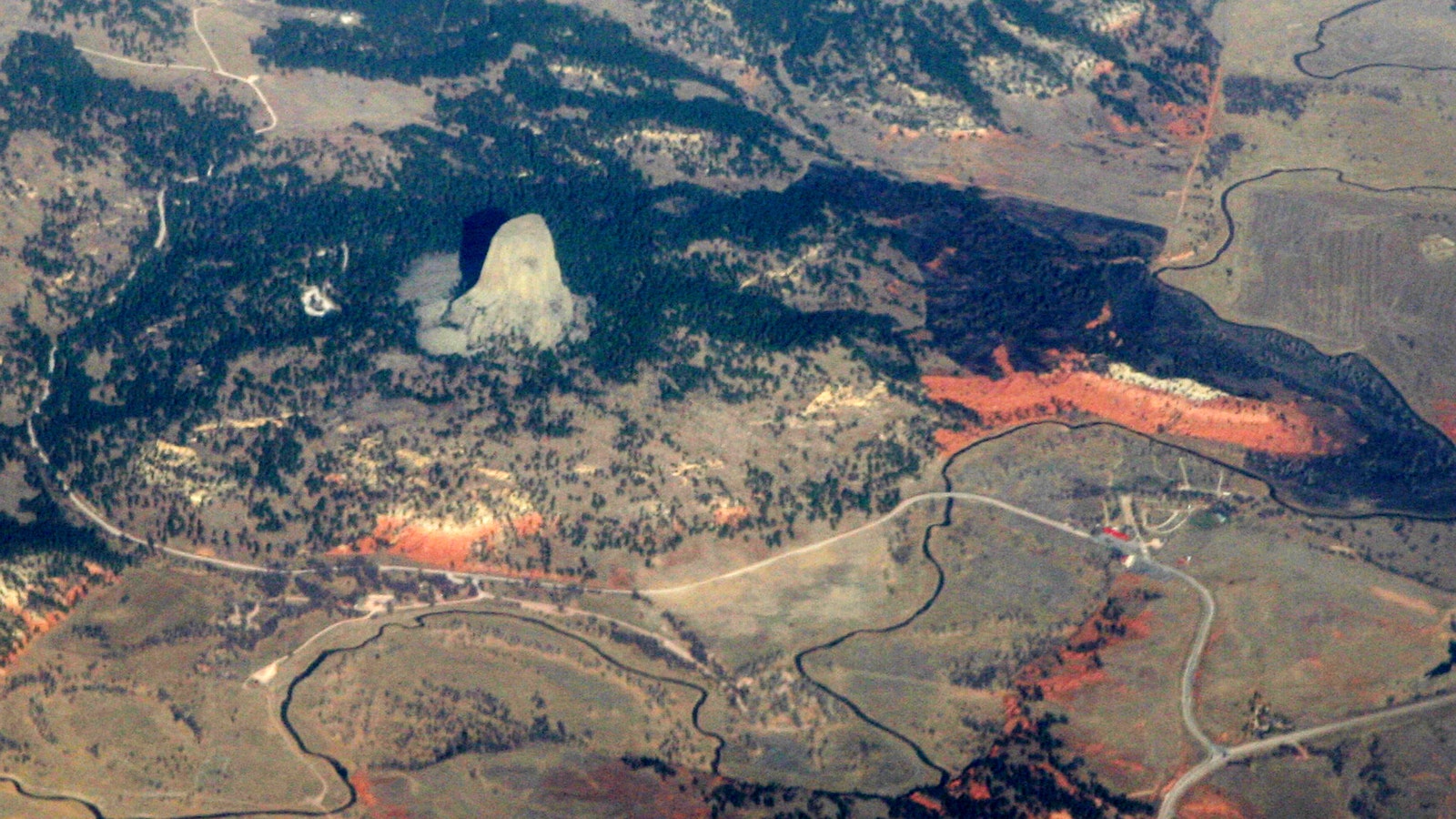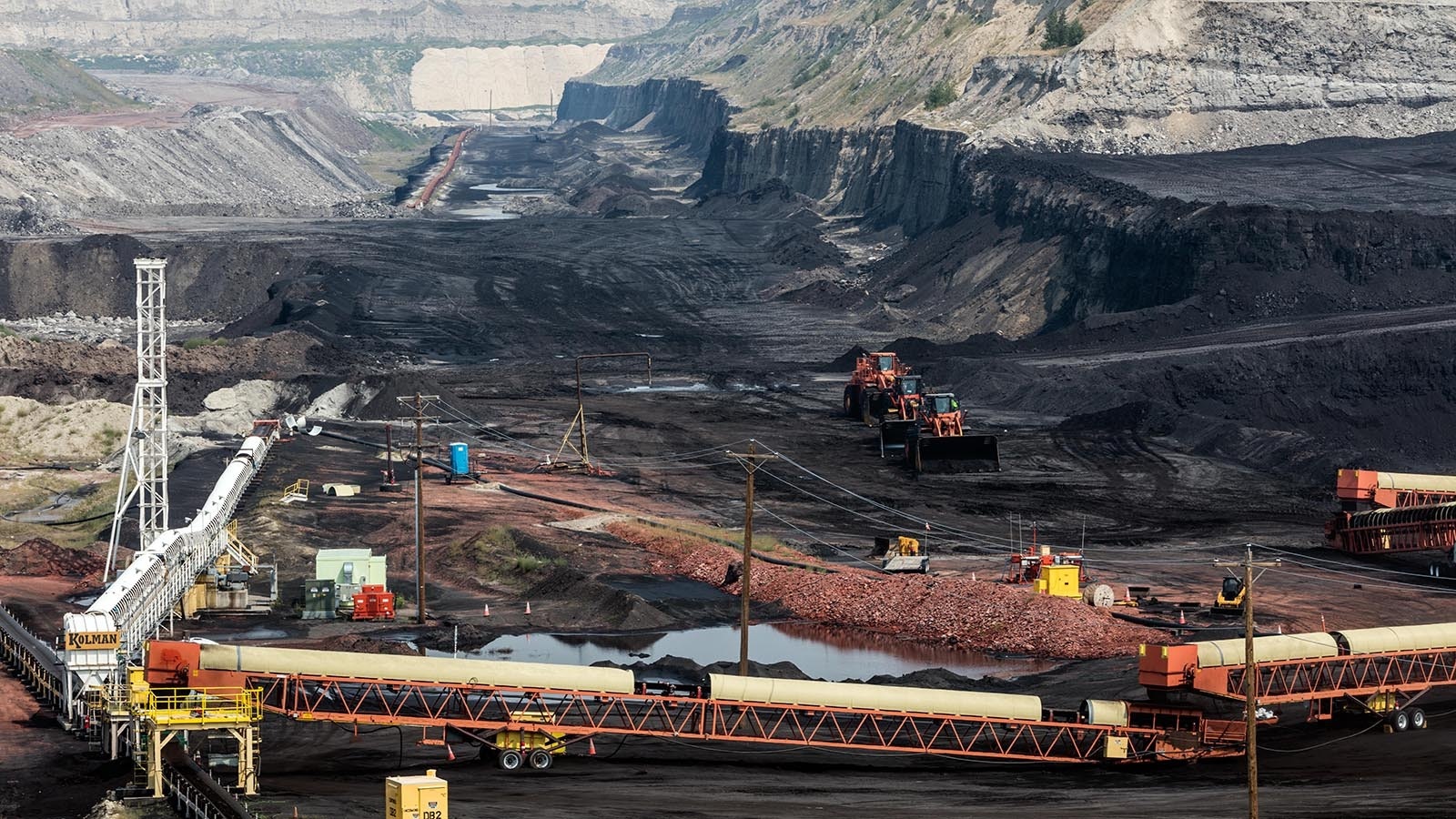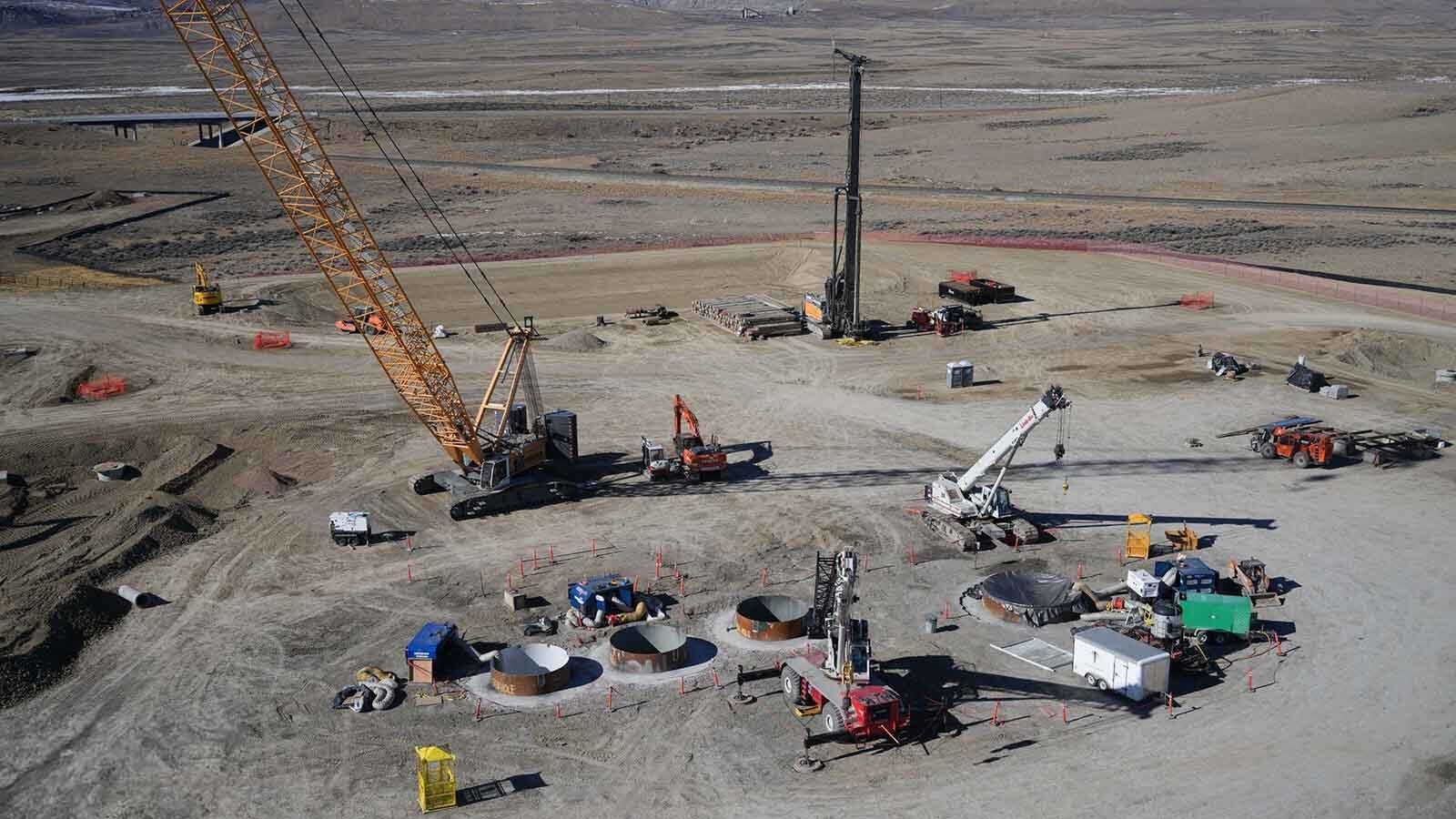The New York Times was just one of the many media outlets to report this week that the United States has so far in 2023 suffered a record number of billion-dollar disasters with a few months left in the year.
According to the Times, this record “highlights the country’s struggle to adapt to the effects of climate change.”
In fact, the data doesn’t show that.
The data comes from the National Oceanic Atmospheric Administration (NOAA), and it’s accurate as far as the way NOAA tabulates the numbers.
Dr. Roger Pielke Jr., professor of environmental studies at the University of Colorado at Boulder, told Cowboy State Daily the framing of the information in the media, however, is not accurate.
Normalization
One problem is that the costs are not normalized.
As Pielke explains, studying the relationship between climate change and disasters is difficult because there are a lot of factors that contribute to outcomes and a lot of variability over time in extreme events — as does the vulnerability of human settlements to those extreme events over time.
To illustrate this, compare Miami Beach in 1926 to Miami Beach today. The beach was struck in 1926 with the Great Miami Hurricane, which caused about $451 million in damage in 2023 dollars.
The same storm hitting the beach today would damage and destroy far more development. So losses would be far greater today, but not because the storm was any worse.
To create a uniform calculation of losses over time, researchers have a process called “normalization.”
Study After Study
The normalized cost of the 1926 Great Miami Hurricane was $260 billion, which makes it the most costly hurricane in recorded history.
It happened long before significant amounts of carbon dioxide were put into the atmosphere, so climate change had nothing to do with the losses from that event.
“Study after study, along with the IPCC, have concluded that the most important factor underlying increasing disaster costs is what and where we build,” Pielke said, referring to the International Panel on Climate Change.
Even comparing properly normalized losses from climate-related natural disasters in the modern era to measure trends in extreme weather is also misleading, Pielke said.
“It would be like estimating the number of U.S. farmers based on prices at the supermarket,” Pielke said. “To assess changes in climate, always look directly at weather and climate data.”
No Upward Trend
The NOAA article that led to so many media reports attributing the record numbers to climate change actually makes no mention at all of global warming or climate change.
That was just something reporters concluded based on assumptions.
The data on losses in the article doesn’t normalize these costs, which is odd since NOAA published a peer-reviewed paper in 2023 that stressed the importance of normalization. The study cites Pielke’s research.
“A number of studies have concluded that population growth, increased value of property at risk and demographic shifts are major factors behind the increasing losses from specific types of natural hazards,” the authors state. “The magnitude of such increasing trends is greatly diminished when applied to data normalized for exposure.”
In fact, there’s no upward trend in disaster costs as a portion of gross domestic product.
“NOAA's billion-dollar disaster tabulation is best thought of as PR clickbait,” Pielke said. “It is not science. It would be good to ask NOAA why an agency so steeped in science, and generally very rigorous, departs so far from rigorous science in this case.”

